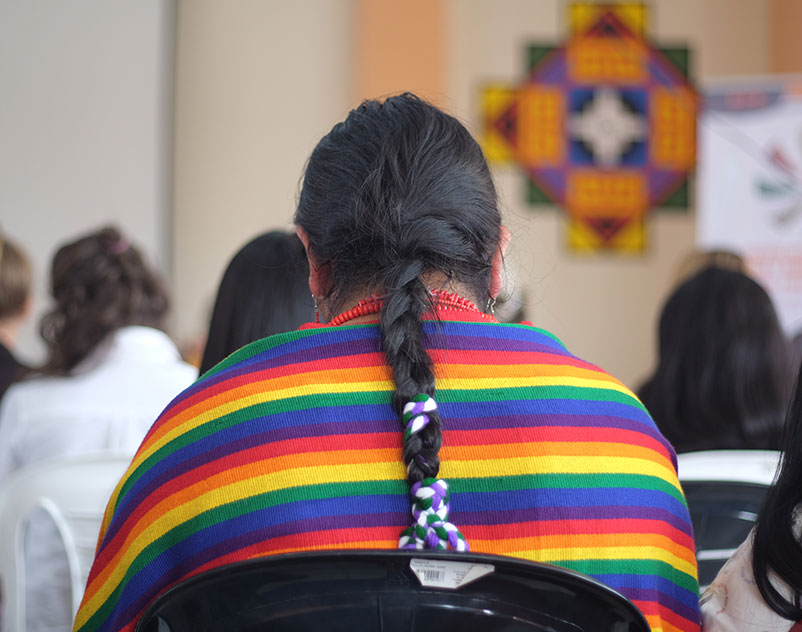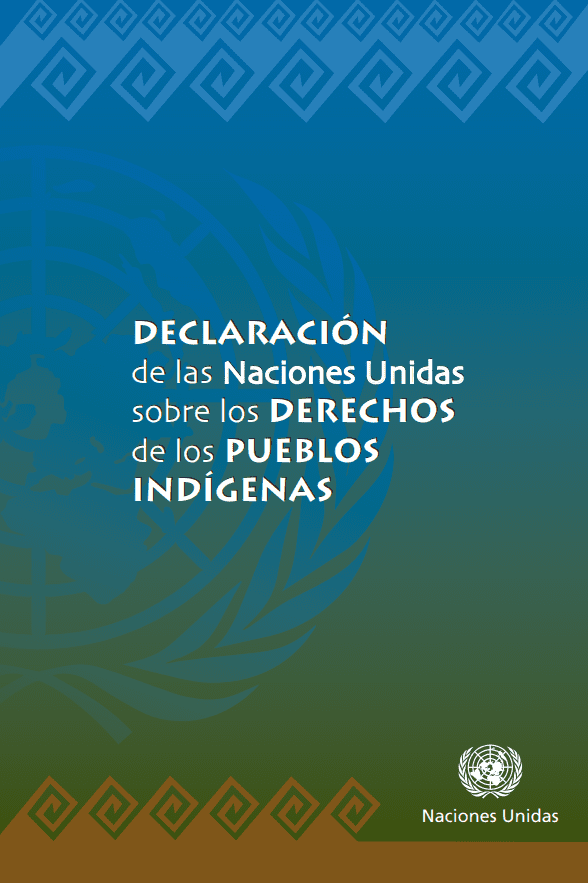Recognition of the rights of indigenous peoples and international standards
The rights of indigenous peoples are receiving more and more attention in the United Nations system. However, some indigenous peoples continue to lag behind and suffer disproportionately from scourges such as climate change, environmental degradation, high levels of poverty, difficulties in accessing education and health care and other human rights violations.
Although indigenous peoples make up just over 6% of the world’s population (476 million people in about 90 countries), they are three times more likely to live in conditions of extreme poverty than other human groups. Indigenous people make up almost 19% of those living in extreme poverty. In addition, indigenous peoples have been particularly affected by the Covid-19 pandemic and its socio-economic and cultural repercussions. Worldwide there is a lack of disaggregated statistics on these peoples. Where such data are available, the situation is worrying.
Fight for the guarantee of rights and freedoms
A State that guarantees human rights must ensure an effective sphere of protection for each and every one of its inhabitants without distinction, and in accordance with international obligations. This duty involves all the powers of the State, among which is the judicial power which has the specific responsibility of giving operation to the international instruments for the protection of human rights at the time of resolving their cases. In this sense, most of the Constitutions of the region enshrine a clause that allows judges to directly invoke international law to guarantee respect for the human rights of all people, especially the most vulnerable groups, such as indigenous peoples.
Indigenous peoples have had to face a long road for the recognition and effective respect of their fundamental rights and freedoms. During the decade of the ’80s it was possible to abandon the prevailing integrationist and assimilationist vision and make a turn towards a new way of understanding indigenous peoples, their culture and worldview. This resulted in the adoption of two international instruments:
The United Nations Declaration on the Rights of Indigenous Peoples , adopted by the General Assembly on September 13, 2007. The Declaration recognizes the basic rights of indigenous peoples in a number of areas of special interest to these peoples, within the framework of the general principle of the right to self-determination, including the right to equality and non-discrimination ; the right to cultural integrity; the right to land, territory and natural resources; the right to self-government and autonomy; the right to prior, free and informed consent, and others.
The Convention of the International Labor Organization on Indigenous and Tribal Peoples in Independent Countries, No. 169 , adopted by the International Labor Conference on June 27, 1989. The Convention is, to date, the most advanced international treaty specifically dedicated to the promotion of the rights of indigenous peoples. The Convention incorporates a series of provisions relating, among others, to the administration of justice and indigenous customary law; the right to consultation and participation; the right to land, territory and natural resources; social and labor rights; bilingual education, and cross-border cooperation.
These instruments are mutually reinforcing with the aim of maintaining and strengthening, in particular, the culture, ways of life and institutions of the world’s indigenous peoples.





